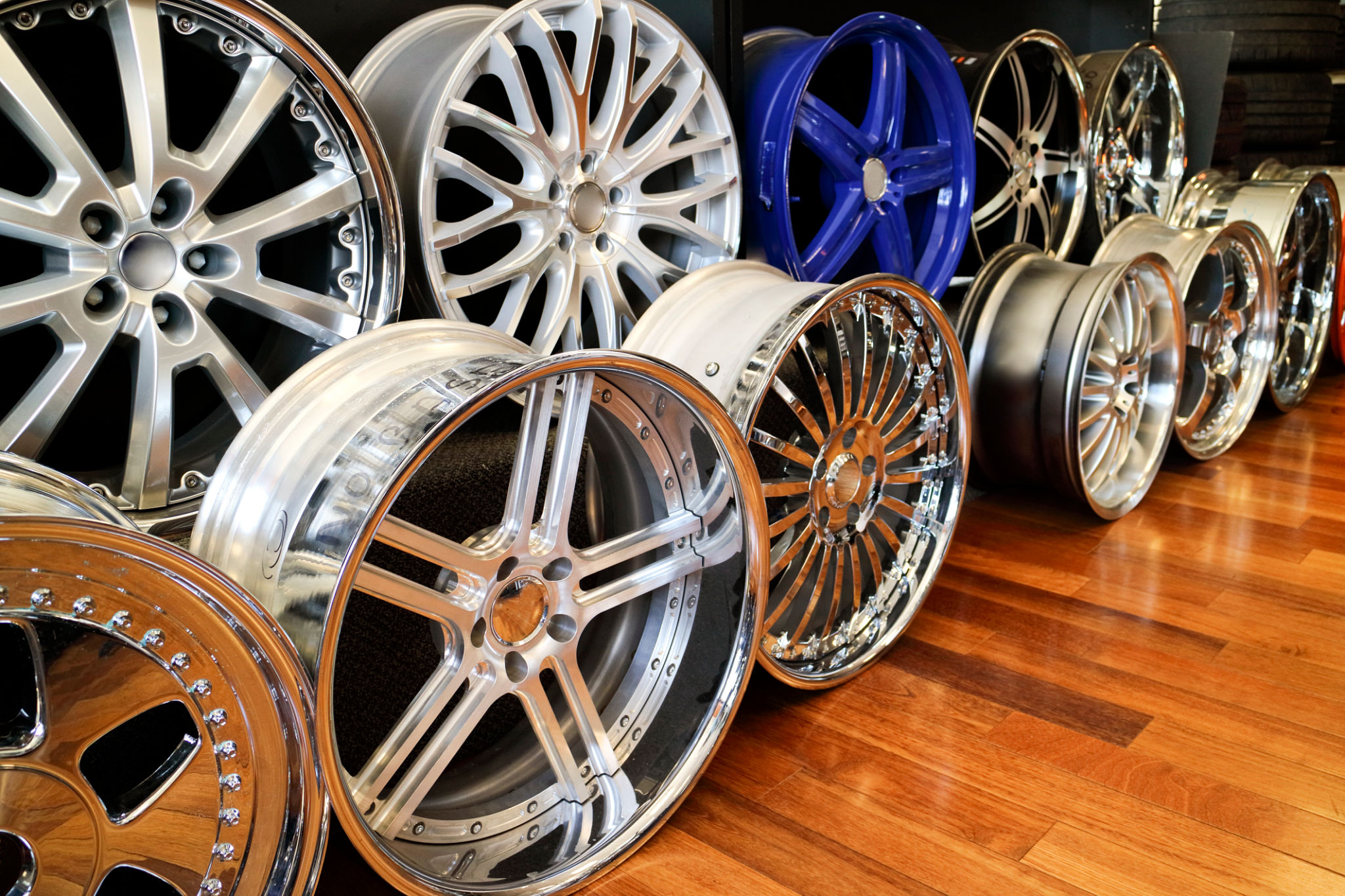DIY Guide: Installing Custom Wheels and Tires at Home
JK
Why Choose Custom Wheels and Tires?
Custom wheels and tires can dramatically enhance the look and performance of your vehicle. Whether you're aiming for a sleek, modern appearance or improved handling on the road, custom wheels and tires offer a personalized touch. This DIY guide will walk you through the process of installing them at home, saving you both time and money.

Gathering the Necessary Tools
Before you start, make sure you have all the necessary tools. You'll need a jack, jack stands, a lug wrench, and a torque wrench. Having a reliable tire pressure gauge is also essential. If you don't have these tools, consider borrowing from a friend or renting them from a local auto shop.
Removing the Old Wheels
Begin by parking your car on a stable, flat surface and engaging the parking brake. Loosen the lug nuts on your wheels slightly before jacking up the vehicle. Once the car is lifted and secured on jack stands, remove the lug nuts completely and take off the old wheels.

Inspecting Wheel Components
With the old wheels removed, inspect the wheel hubs, brake components, and suspension parts. Look for any signs of wear or damage. Addressing these issues now can prevent future problems and ensure a smooth installation of your new wheels and tires.
Installing the New Wheels
Align the new wheels with the hub and thread the lug nuts by hand. Tighten the lug nuts in a crisscross pattern to ensure even pressure. Use a torque wrench to tighten them to the manufacturer's specifications. This step is crucial for safety and performance.

Checking Tire Pressure
Once the wheels are securely installed, check the tire pressure. Proper inflation is key to optimal performance and longevity of your tires. Refer to the vehicle's manual or the tire's sidewall for the recommended pressure, and adjust as needed.
Final Adjustments and Test Drive
Lower the vehicle carefully and double-check the lug nuts. Take your car for a short test drive to ensure everything feels right. Pay attention to any unusual sounds or vibrations, as these could indicate an issue that needs addressing.

Regular Maintenance Tips
To keep your custom wheels and tires in top condition, regular maintenance is essential. Rotate your tires every 5,000 to 7,500 miles and check the alignment periodically. This will extend the life of your tires and maintain a smooth driving experience.
By following this DIY guide, you're not only enhancing the look and performance of your vehicle but also gaining valuable skills. Enjoy the satisfaction of a job well done and the admiration your car will surely receive!
